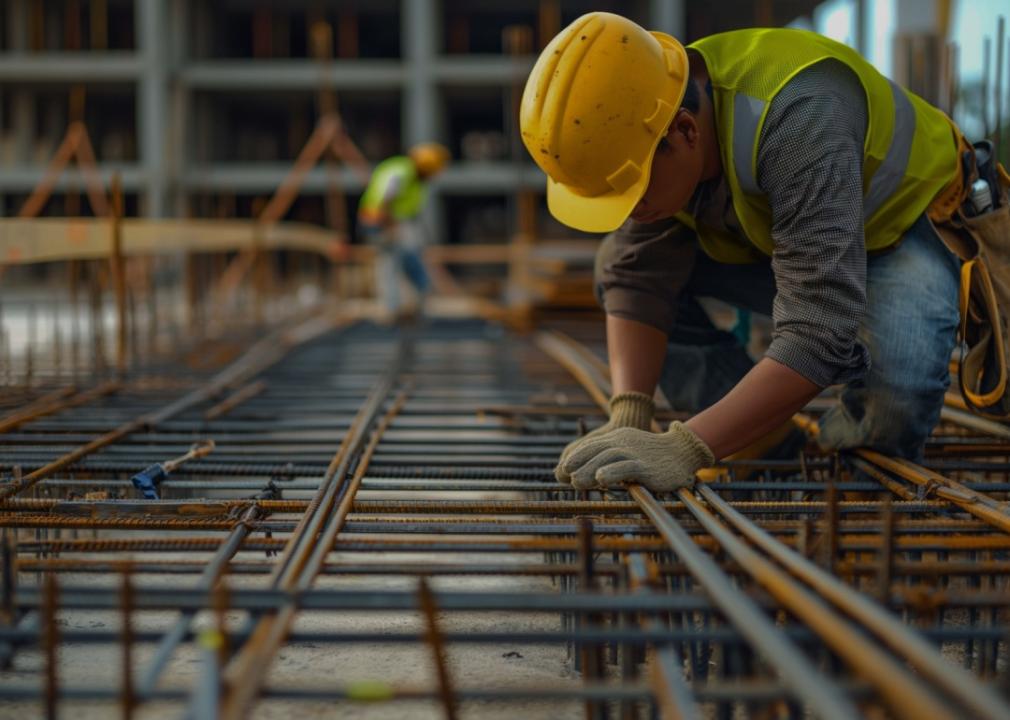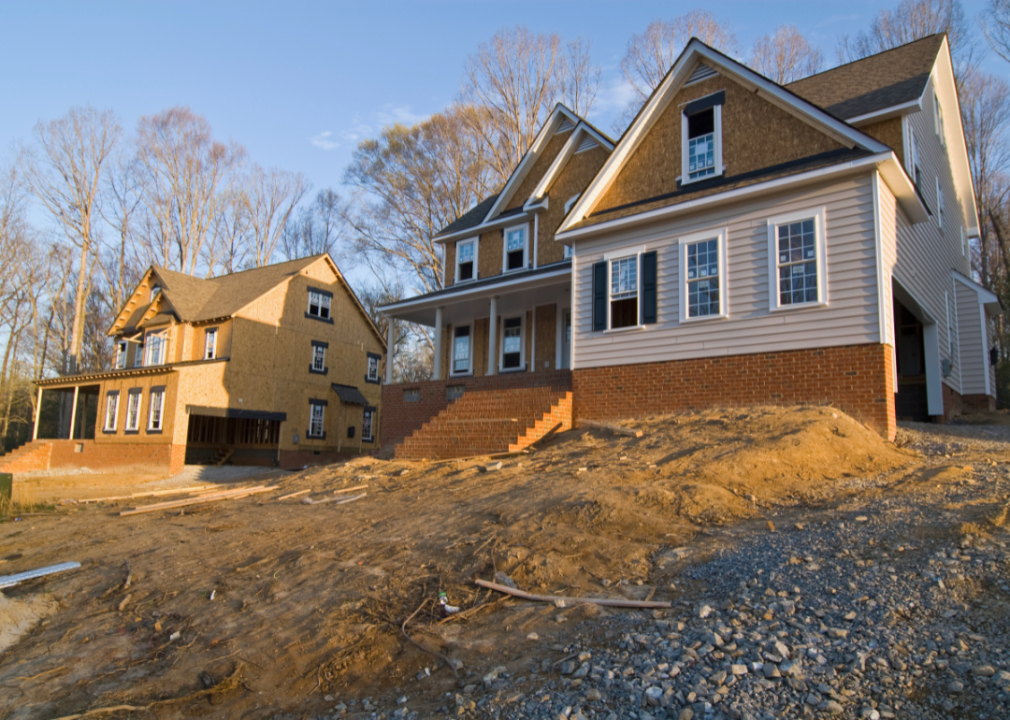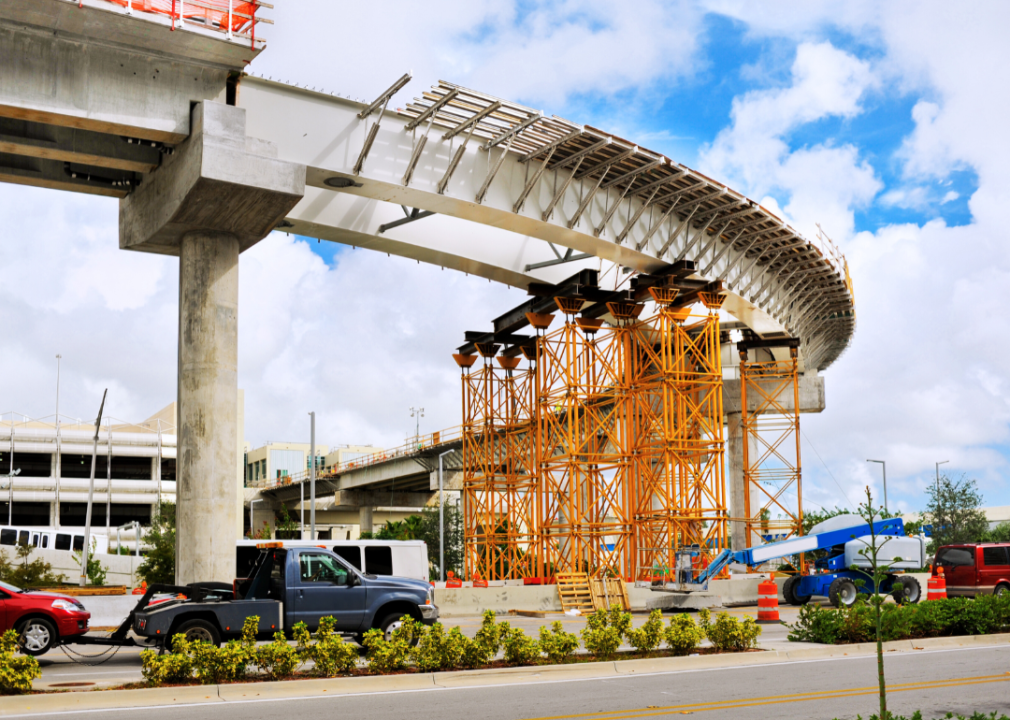
Demand for builders across the country is high, which means there is an increasing need for construction jobs. Between employee turnover, retiring workers, and new jobs opening up, the Bureau of Labor Statistics expects there will be about 488,000 available construction trades jobs each year over the next decade.
Construction trades jobs are expected to grow about as fast as jobs overall in the economy, or by 2.8% from 2022 to 2032. That translates to about 157,100 additional jobs in the economy by 2032.
Machinery Partner examined the growing demand for construction industry workers over the next decade, identifying trends driving the need and using Bureau of Labor Statistics data to see what fields are expected to grow most.
Intense demand and growing investments are the main forces behind the gradual growth in construction sector jobs. That is true across both the residential and civil construction sectors, which are both projected to experience major growth in certain roles.

The U.S. is in the midst of a worsening housing shortage, leading to low inventory on the buyer's market and driving prices out of reach for many. Demand for homes outpaces supply in a major way: The latest analysis from Zillow shows that the housing shortage grew to 4.5 million homes in 2022, while some estimates say the shortfall could be as much as 7 million homes.
This scarcity, paired with COVID-19 pandemic-era low mortgage rates, sparked a construction boom that raised about 1.4 million new homes in both 2022 and 2023. It was a substantial increase, but it still barely scratched the surface of what's needed to fill the growing deficit as more residents reach homebuying age and start to build families while new migrants also search for housing.
Beyond the pace of construction, several other factors feed into this housing shortage, with property zoning and building requirements at the center of the equation. Nonetheless, it will take an extensive and persistent surge in home construction to catch up.

Road construction was seemingly unavoidable this season, pointing to another major area driving construction jobs: infrastructure investments.
Several major federal policies of the last few years have earmarked billions for infrastructure improvements, expansions, and renovations. Since 2021, the federal government has invested over $300 billion into transportation infrastructure projects. As these investments continue to be realized, more jobs will come online in road construction. Employment of highway maintenance workers, for example, is projected to grow by 12,000 over the next decade.
In addition, the nation has spent tens of billions improving clean water infrastructure, building more widespread high-speed internet access, and investing in sustainable energy, manufacturing, and building. The shift to renewables means an increased demand to build the infrastructure to harness them. Indeed, the construction career expected to grow the most, relative to current employment levels, was solar photovoltaic installers—i.e., those who assemble, set up, and maintain solar panels and other solar energy systems.
Similarly, the shift toward electric and hybrid vehicles has created a growing need for vehicle charging infrastructure, leading public and private entities to build new charging stations at increasing rates.

Currently, the construction industry faces a labor surplus, with more unemployed workers than job openings throughout 2023. Estimates for overall employment in the U.S. have been revised down, including for construction jobs, meaning that the economy doesn't have as many such jobs as previously thought.
Despite the supposed surplus, more than two-thirds of construction firms say job applicants lack the necessary skills for the roles they need to fill, according to an Associated General Contractors survey in 2023. Projected demand is high for skilled trades workers like electricians, plumbers, and equipment operators. Meanwhile, jobs are expected to decrease among lesser-trained roles, like construction helpers.
The career pipeline is already beginning to respond to this need. States are funding apprenticeships and vocational programs, according to Stateline. Community colleges with a focus on vocational programs grew their enrollments by 17.6% in the spring and surpassed their pre-pandemic enrollments as students have become more drawn to skilled trades careers, according to the National Student Clearinghouse Research Center. That is extremely fast, considering enrollment in all undergraduate institutions increased by just 2.5% over the same year.
As the U.S. continues its building spree and older workers begin to retire from these roles, trained builders will remain in high demand. The housing shortage and infrastructure degradation are persistent problems that will take time, policy, and investment to address, meaning this demand isn't likely to go down anytime soon.
Story editing by Carren Jao. Additional editing by Kelly Glass. Copy editing by Tim Bruns.
This story originally appeared on Machinery Partner and was produced and distributed in partnership with Stacker Studio.